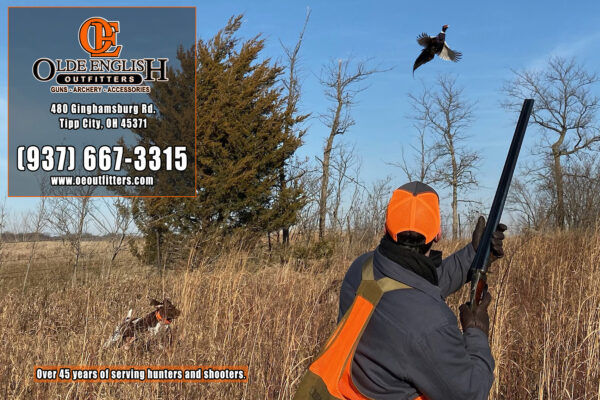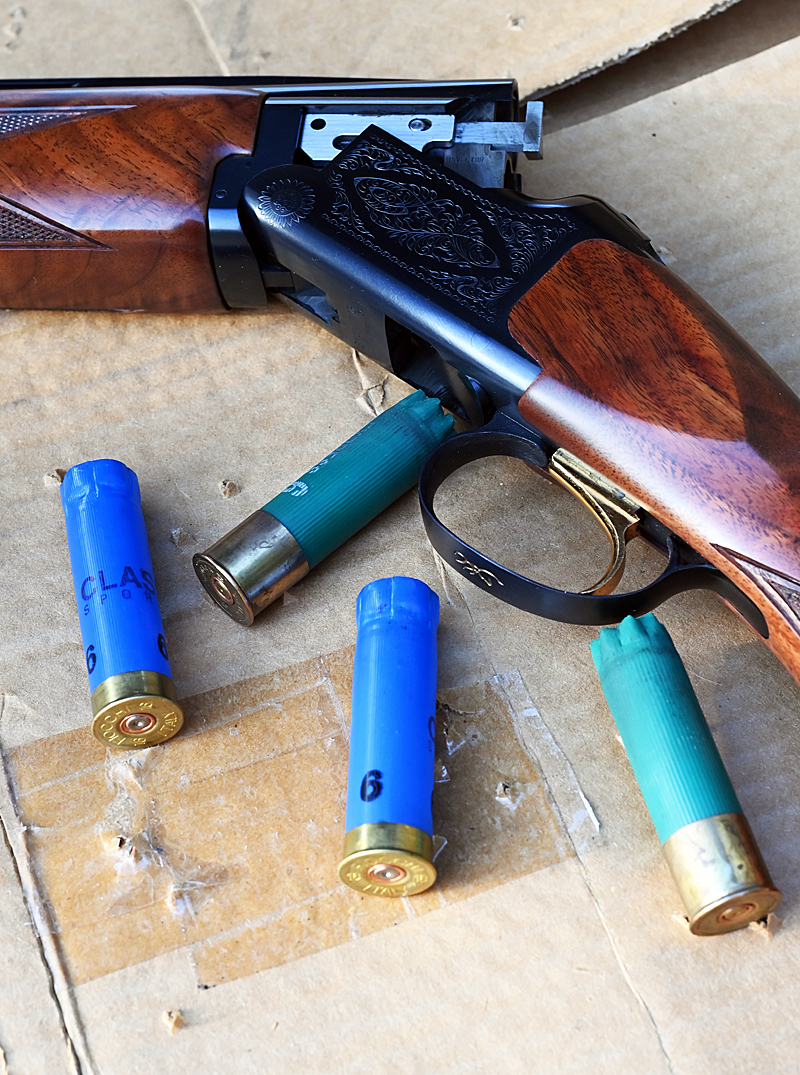
Take the time to shoot on cardboard (above) before you shoot in the field. That way you know you have the right tools for the job. (Press Pros File Photos)
Last time I wrote about where, and how to buy supplies you need to hunt. This time, the steps you take to get ready to hunt before you actually walk into the woods or fields.
 I have a short list of things that I write about to fellow hunters every year – sweet anticipation of what’s to come, like the scent of a fresh pie out of the oven.
I have a short list of things that I write about to fellow hunters every year – sweet anticipation of what’s to come, like the scent of a fresh pie out of the oven.
The upland hunting season starts in about three weeks, and depending on whether you plan to hunt locally, or out of state, I personally enjoy the process of getting ready to hunt, as much as hunting, itself.
Some of you will be amused, because if you’re an experienced hunter you do these things, anyway.
Some of you who won’t take these things seriously, and dismiss them as a waste of time and money.
But here’s where I start, personally, before I ever walked into the woods or the field looking for any kind of wild game.
I go to the range!
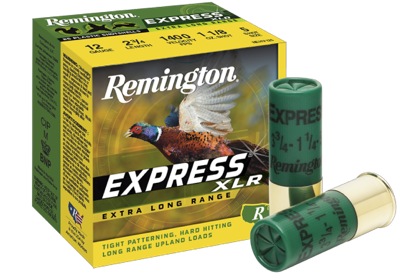
Know your target, and know your tools. Have the capability to make clean, ethical kills.
Now I write this because I’m told by the home office that there is interest, and enthusiasm, for reading about hunting from those of you back in my home state of Ohio – the Buckeye State. I grew up in Mahoning County. So rifle, or shotgun, I never go hunting without first checking to make sure that any gun I intend to use is operating efficiently, and safely. If I’ve got a broken firing pin I want to discover it at the range, and not in a duck blind at Lake Erie. Three weeks from now that’s where I’ll be.
So, I want to know everything’s that’s going on before I ever pull the trigger. I recently wrote about squirrel hunting, so let me share my routine before I step in the woods.
I sight in my scoped .22 to make sure that the rifle and ammo matches the crosshairs in the scope. If you’ve paid for precision shooting, make sure you’re getting it. NEVER go into the woods without properly sighting in your gun, for safety’s sake, and efficiency. You don’t take it for granted!
That said, always use the exact same ammunition to sight in a rifle that you’re going to use to hunt. Because, .22 ammo is wildly different, brand to brand, and bullet to bullet. If you sight in with Winchester Super X, then hunt with the same load, and the same manufacturing lot if you can get it. Or, if it’s a different Winchester product than what you originally used to sight in, repeat the process. Different loads, even from the same manufacturer, can be totally different on the business end.
I’ve seen people sight in with the Winchester brand and then hunt with Remington, or Fiocchi without re-sighting. Don’t do that. At fifty yards they can be so different as to miss the target altogether. That’s extreme, but you get the point. Different guns shoot different loads, differently.
Likewise, if you’re duck and pheasant hunting know that you have the right shells for the job. Don’t use target loads with #8s for Mallards when you should be using a much heavier, faster load.
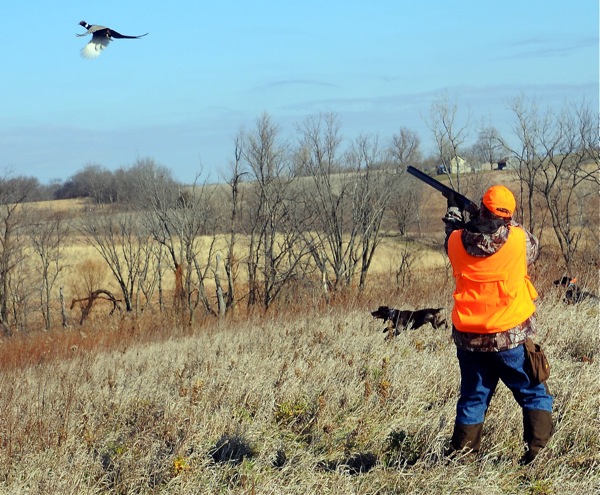 If it’s early season you can get by with #6s at 1,295 feet per second on most birds of any kind.
If it’s early season you can get by with #6s at 1,295 feet per second on most birds of any kind.
But if it’s late season, when it’s cold and windy, with birds carrying more feathers and fat underneath (pheasants), require heavier loads that shoot a hundred feet faster and carry more payload – 4s or 5s.
And again, before you hunt take the time to go to the range, put up a pattern board of cardboard, and test the load in the same gun you’re going to shoot in the field. Typically, you want 75% of your shot pattern inside a 30-inch circle at 35 yards. And with today’s modern loading techniques and better logistics, most shells will deliver that.
But remember this, too. Steel and lead are different. Make sure you test your gun for that difference, and always use a gun that is proofed to safely shoot steel. Don’t take THAT for granted, either.
If you’re shooting a shotgun that has variable chokes, take the time to pattern each individual choke with the shot size you’re using to hunt. It’s worth the trouble.
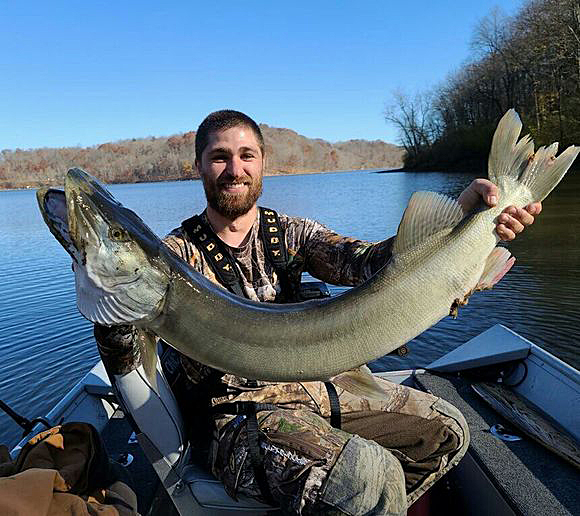 If you’ve got real money invested in a hunting trip, stay away from bargain ammo. Shells from Wal-Mart aren’t going to work if you’re trying to kill pheasants in the wind because you could be shooting ten feet behind a flying bird without realizing it. There’s a reason why it’s a bargain.
If you’ve got real money invested in a hunting trip, stay away from bargain ammo. Shells from Wal-Mart aren’t going to work if you’re trying to kill pheasants in the wind because you could be shooting ten feet behind a flying bird without realizing it. There’s a reason why it’s a bargain.
Typically, bargain shells are traveling 1,220 feet per second, and proper hunting shells – Hi-Power, Federal Prairie Storm, or Fiocchi Golden Pheasant – are built to speeds up to 1,500 fps to hit the target with shorter leads and more force. That’s a huge difference.
And know this. Old guns may not be built to handle the higher pressures and velocity of modern ammunition, so before you go shoot – even to pattern – go to a place like Olde English Outfitters, in Tipp City, and ask a professional. For safety’s sake, it can save a trip – even serious injury.
Know before you go.
Take the time to get the right tools for the job, know what you’re shooting, and then use the same combination of gun and ammo in the field.
That first group of readers I mentioned at the top of the story? They’ve already done this months ago. They learned from experience that it’s never a waste of time and money!
‘Til next time, I’ve enjoyed it…!



